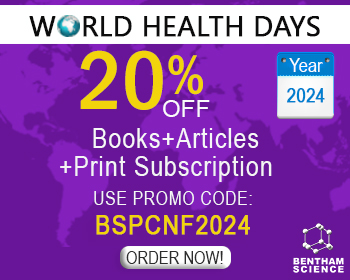Abstract
To attain effective and safe pharmacotherapy in neonates, caregivers have to consider both the clinical characteristics of the newborn and the pharmacokinetic estimates of a given compound during prescription and administration. Overall, clearance in neonates is low when compared to other pediatric subpopulations. Despite this overall low clearance, there is already extensive between individual variability in clearance in early life. As a consequence, neonates are in urgent need of tailored drug product development that considers the need for both low and flexible dosing to maintain dose accuracy.
During the development of such formulations tailored for neonates, there is also a need for guidance on excipient exposure. The available knowledge on the safety or toxicity of excipients is limited and difficult to retrieve, but there are initiatives (e.g. Safety and Toxicity of Excipients for Pediatrics [STEP] database initiative) to improve the present situation. In addition, population focussed studies on aspects of clinical pharmacology of excipients in neonates should be conducted. The propylene glycol research project and the European Study for Neonatal Excipient Exposure (ESNEE) initiative illustrate its feasibility. Finally, until tailored formulations make it to the market, compounding practices for drug formulations in neonates should be evaluated to guarantee correct dosing, product stability, safety and to support pharmacists in their daily practice.
Keywords: Newborn, formulation, excipients, pharmacotherapy.


























